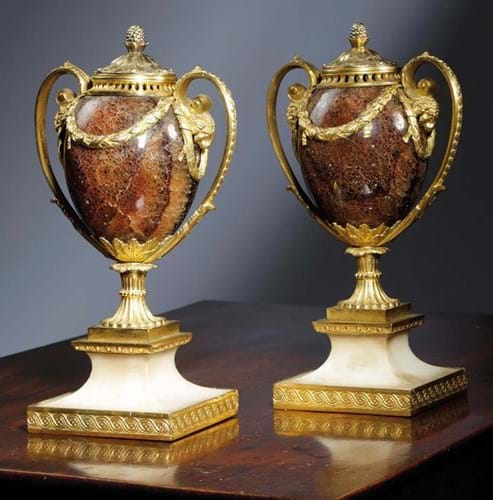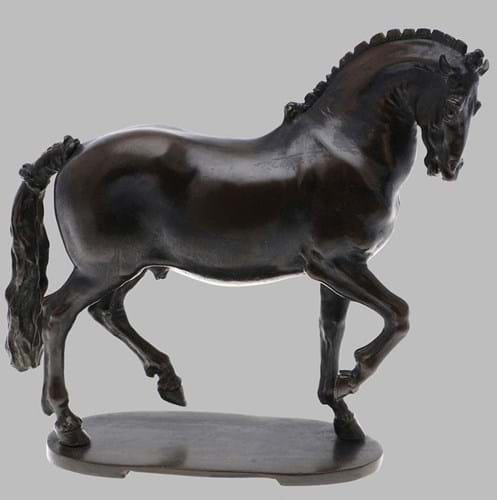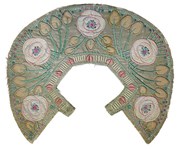
Estimated at £15,000-20,000, they took £70,000.
Determined to challenge French dominance in the market, Boulton and his partner had created a department for the large-scale production of ormolu works of art at the newly built Soho Manufactory in Birmingham in 1768.
Polished stone vases with mounts satisfying the craze for the ‘antique’ accounted for the majority of the firm’s ormolu production – the most popular made from the Derbyshire purple, blue and yellow fluorspar known as blue john.
In March 1770 Boulton visited the court and sold several vases of this type to Queen Charlotte while others were offered at sales held by James Christie in 1771 and 1772.
A number of variations on a ‘Roman’ theme are extant, most with reversible covers allowing the vases to function as either a candle sconce or as a cassolette to hold perfume or incense.
Most are illustrated in Volume 1 of the Boulton & Fothergill pattern book preserved in Birmingham City Archives.
The 10in (24cm) pair at Woolley & Wallis are a particularly pleasing model, with ram’s head terminals to the handles and white marble waisted socles. A pair is pictured in Nicholas Goodison’s Matthew Boulton: Ormolu (2002).
Earlier date suspected
The sale of Furniture, Clocks & Rugs at Lawrences (22.5% buyer’s premium inc VAT) of Crewkerne on October 14 was topped, unexpectedly by a cast of one of Giambologna’s favourite models, The Pacing Horse.
This well-known composition, similar to the equestrian monument to Cosimo I erected in the Piazza della Signoria, Florence, in 1594, was repeatedly cast for generations.
Small-scale bronzes were produced first in Giambologna’s workshop, then in the studios of Pietro Tacca and Antonio Susini (one was sent to Henry Stuart, Prince of Wales in 1612 and inherited on his deathbed by his brother, the future Charles I) and latterly by followers well into the 19th century.
This Somerset example was undated in the catalogue but there is a good case for suggesting it may be 17th century. The thin oval base is consistent with earlier casts as are the filled holes (visible from the base) made to hold the casting sprues that extended from the soles of the horse’s hooves.
Certainly, bidders rated it much higher than the £1000-1500 estimate that might have been enough for a 19th century reproduction. The hammer price was £38,000.















